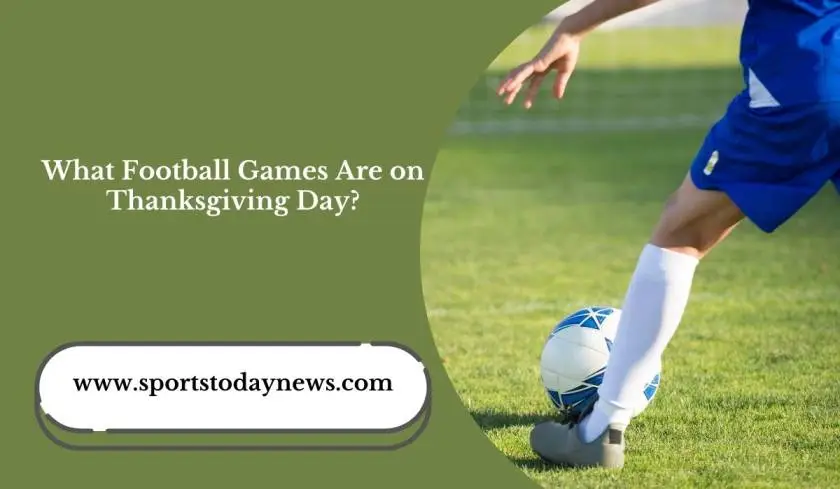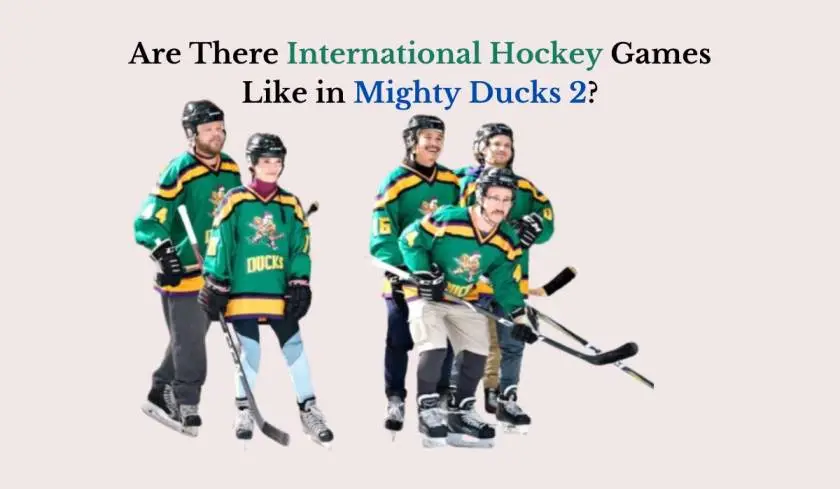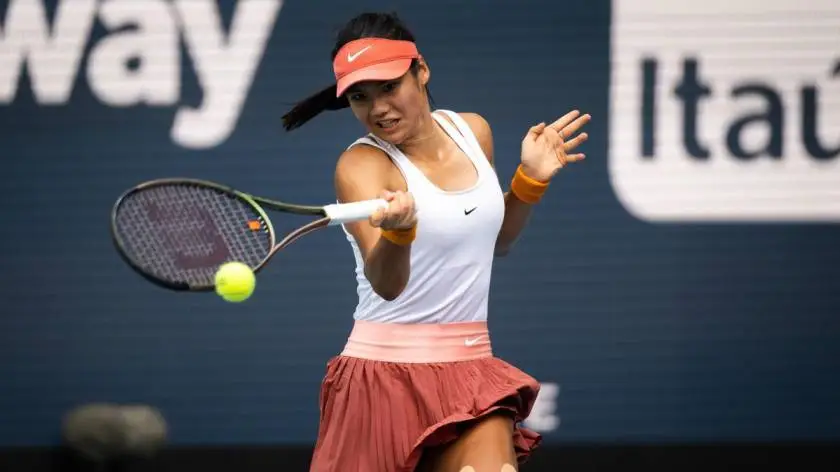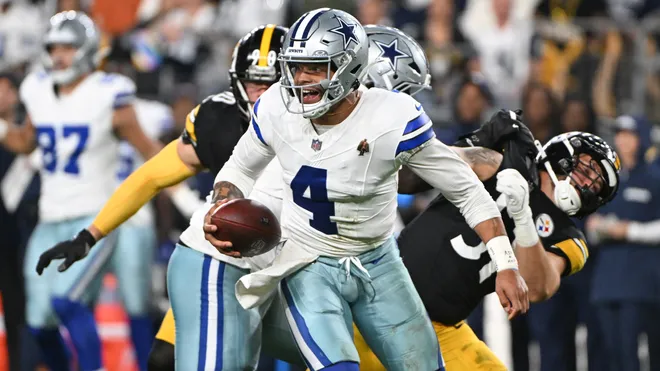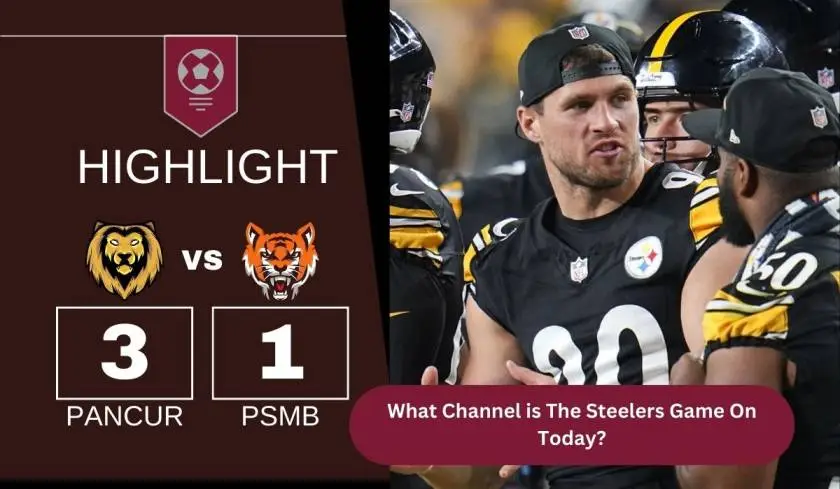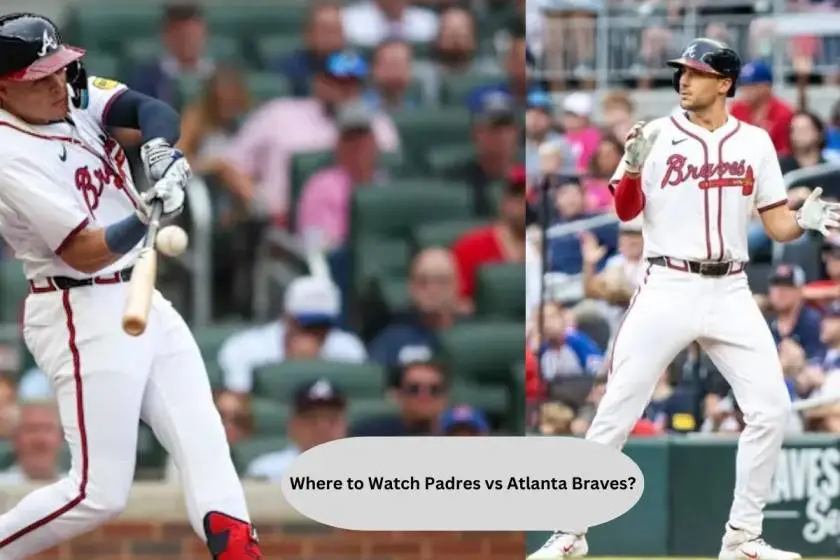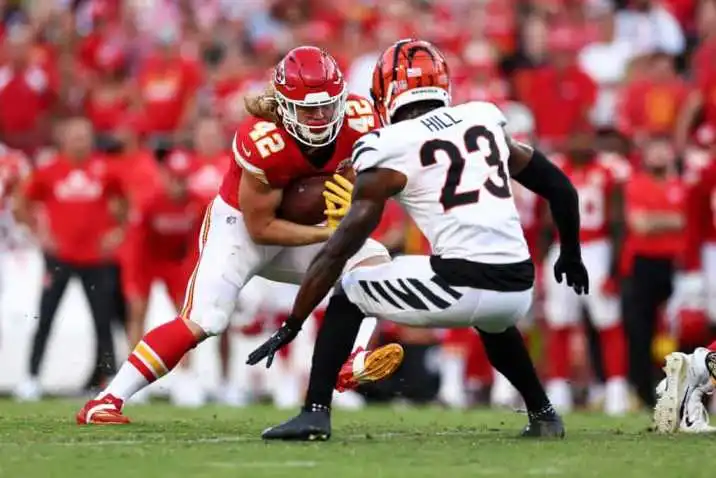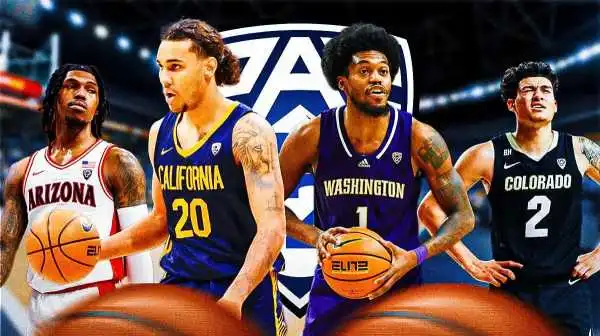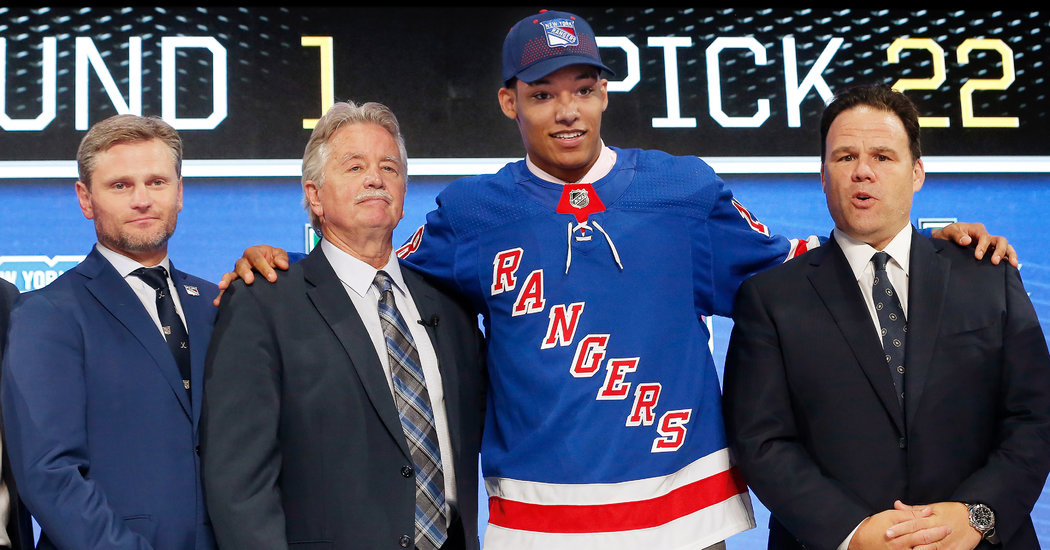
A Black Hockey Player Faced Racial Taunts. Some Fans Aren’t Surprised.
As a stream of racial slurs directed at the New York Rangers prospect K’Andre Miller popped up on fans’ screens during his online video chat with them this month, Alyx Farias was shocked yet not surprised.
Farias, 24, participated in the live Q. and A. session and captured a video of the slurs — which Miller, who is African-American, appeared to have seen. Then Farias posted her screen grab to Twitter, where it quickly went viral. To date, Farias’s video has been viewed over 300,000 times.
“You could see in the video that I posted, he sees it when he looks down,” she said of Miller, a defenseman who was picked in the first round of the 2018 draft.
The language on the chat was the first public act of racism connected to the N.H.L. since its December announcement of a “zero tolerance” policy for abusive behavior and of required diversity and inclusion training for all coaches and general managers.
Yet the league’s handling of the chat incident has come under fire from fans who say the N.H.L. and the Rangers should have been better prepared, given longstanding problems with racist language in hockey arenas, which is often directed at players and diverse groups of fans.
During the chat, an offscreen moderator asked Miller questions sent from listeners through a visible channel, but neither the moderator nor any other Rangers representative immediately addressed the racist comments, which came from hackers. The Rangers eventually disabled the chat feature that displayed fans’ questions, and the Q. and A. continued without further disruption. The team released a statement three hours after the video conference ended, after a furor arose online in part because of Farias’s screengrab.
“We held an online video chat with fans and New York Rangers prospect, K’Andre Miller, during which a vile individual hijacked the post to post racial slurs, which we disabled as soon as possible,” the statement read. The Rangers also said the incident was under investigation.
Shortly after, the league released a statement that condemned “racist, cowardly taunts,” adding that, “The person who committed this despicable act is in no way an N.H.L. fan and is not welcome in the community.”
Six days after the incident, John Davidson, the team’s president, addressed it as part of a Q. and A. for the Rangers’ YouTube channel, calling the comments “not appropriate.”
The message was in line with language used by N.H.L. Commissioner Gary Bettman when he introduced the zero-tolerance policy after a former Calgary Flames player, Akim Aliu, said that Bill Peters, the Calgary coach, had repeatedly called him the N-word when Peters had coached him in the minor leagues. Peters, who was then also accused of physical abusing players during his coaching career, ultimately resigned from the team. Peters this week signed on to coach a team in Russia’s Kontinental Hockey League.
“Inclusion and diversity are not simply buzz words,” Bettman said in December. The league’s statement has been lauded by some for describing the slurs that appeared during the Rangers-sponsored Q. and A. as categorically racist.
But for others, the lag time between the incident and an official response was viewed as another stumble for a league that has struggled to address racism. Hockey fans online criticized the lack of a swift reply from the Rangers, while others — including Renee Hess, the founder of the Black Girl Hockey Club — argued that the team should have anticipated racially driven comments, given the racism that fans of color have experienced in hockey spaces and a recent explosion of targeted hacks on Zoom, the videoconferencing app that the Rangers used for Miller’s chat. The platform has been inundated by abusive intruders as its usage increased during the coronavirus pandemic.
The racist comments directed at Miller, Hess said, are reflective of hockey culture and are not an aberration. “That person is 100 percent a hockey fan, because we encounter these types of attitudes all across the hockey fandom,” she said.
Farias agreed.
“I knew this was going to happen with the chat, and it’s just so unsettling,” she said. A Bronx native and the daughter of Mexican immigrants, Farias said she felt an obligation to bear witness to any harmful language Miller might face. She said the lack of an immediate response during the chat justified her vigilance.
“If you won’t protect and defend your players, you sure as hell are not going to protect your fans,” she said. “That’s exactly how I feel going to the Garden.”
In 2018, Hess founded Black Girl Hockey Club, a group whose mission is to create a safe community for women of color and their allies at hockey games. The group also advocates effective diversity and inclusion strategies in hockey at every level. “Black Girl Hockey Club is meant to combat those types of attitudes, that type of racism and white supremacy in hockey,” Hess said.
She added: “In early February, I went to New York and I sat down with the Rangers, and we had some really great, deep, interesting discussions about race. So, it was really disappointing for me to see that that type of interaction wasn’t even, that they didn’t even anticipate it.”
As part of the B.G.H.C. effort, Hess and the Pittsburgh Penguins had scheduled a virtual meet-up for Hess’s group. A week ahead of time, they scheduled their videoconference for April 4. The day before that, the Miller Q. and A took place, and in light of what happened then, Hess and her fellow organizers adjusted their agenda.
Even before the Rangers flub, though, Hess had prioritized security for the chat, so that it would provide a safe space for a diverse group of fans seeking refuge from the sport’s majority-white fan culture.
Two Penguins executives, both of whom are black, had worked with Hess days before to arrange the logistics: Tracey McCants Lewis, the team’s director of human resources, and Delvina Morrow, its director of community initiatives.
Kim Davis, an N.H.L. executive responsible for social impact initiatives who is black, had already been scheduled to join the conference, but Hess reached out by email to ask if she would specifically address the Miller incident.
On the call, Davis called the act “deplorable” and personal and used a profanity to emphasize her point, according to multiple participants. She also applauded the statements from the Rangers and the N.H.L. and insisted that such racist language could never come from a hockey fan. The N.H.L. declined to make Davis available for comment for this article.
“I wish her voice was heard when the N.H.L. put out their statement,” Farias said, “because it just said our fans don’t do that. And I’m like, way to dismiss all the harassment minorities get from your fans.”
After Davis spoke, Black Girl Hockey Club resumed its scheduled program for the 60 participants who had joined from as far away as Kenya. Sarah Nurse, a Canadian Olympic player who is black, spoke. So did Anya Packer, who is the executive director of the players association for the National Women’s Hockey League and who identifies as a lesbian. A Pittsburgh D.J. provided entertainment for the virtual after-party.
McCants Lewis said she hoped to use the Miller incident and the Black Girl Hockey Club event that followed as a road map for facilitating conversations. The Penguins placed a moratorium on all Zoom conferences and advised staff members to participate only in phone calls, or in video conferences on their internal system. The Rangers have since deactivated all conference chat functions and will pre-record question and answer sessions with players and then post them on social media. The team declined to comment for this article and referenced its statement from the night of the incident.
“Black Girl Hockey Club provides a safe space for people to talk among ourselves. Now, we have to have spaces that we’re bringing it to others to hear so that they truly understand, and that there is connection and understanding,” McCants Lewis said. “I think this is an opportunity for us, and for any team, to have conversations within the organization about how to address diversity in hockey, and what that looks like.”

